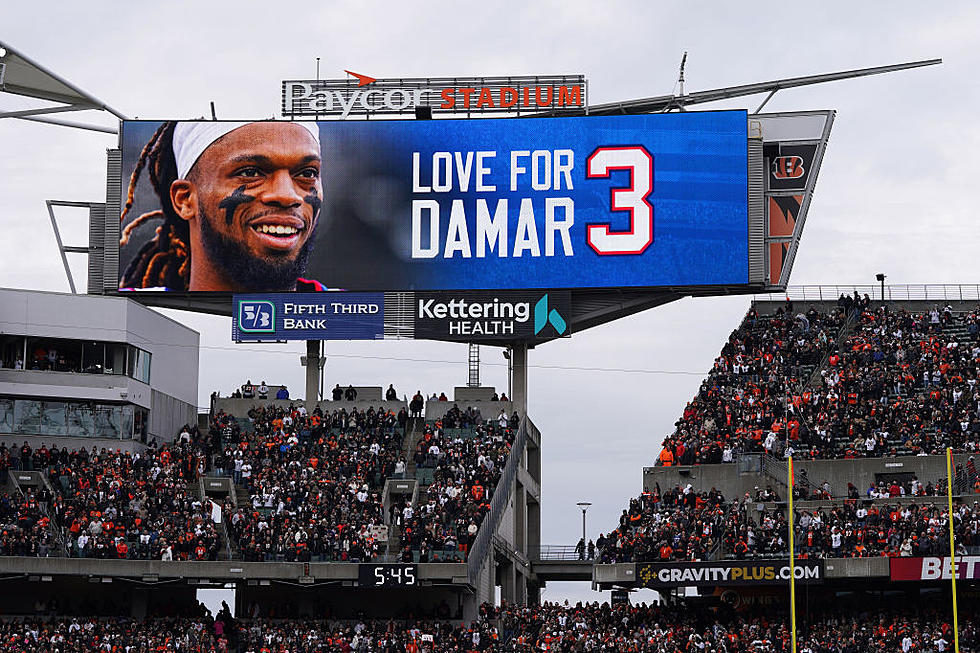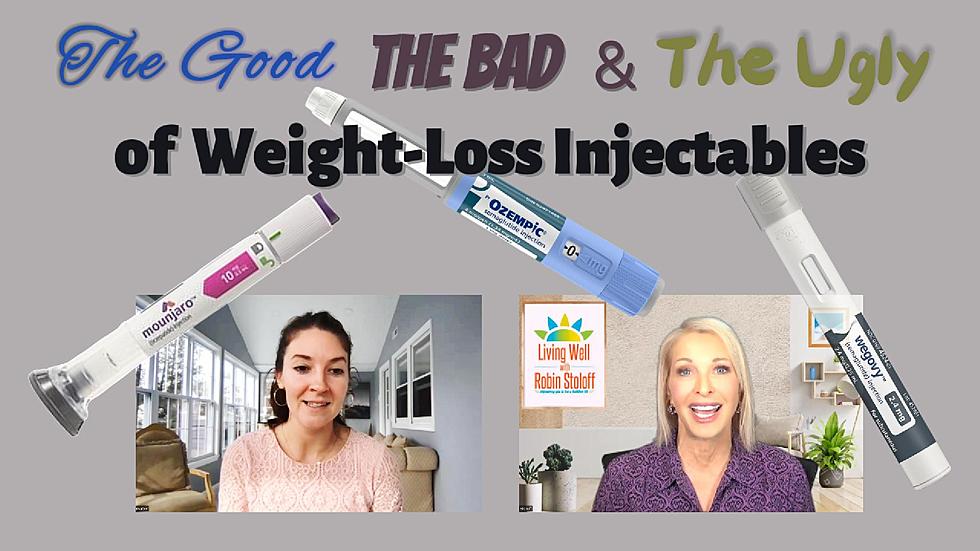
Under 5 Minutes to Learn to Save a Life with CPR and an AED – Demar Hamlin Challenge (WATCH)
After NFL player Demar Hamlin collapsed on the football field due to cardiac arrest, we all became more aware of the importance of learning CPR and how to use an AED (Automated External Difribrillator). His remarkable recovery has led Demar to team up with the American Heart Association in his "3 For Heart" CPR Challenge. He encourages us to learn lifesaving CPR. We can get certified, but at the very least, take a few minutes to watch these quick videos on Hands-Only CPR (60 seconds) and Using an AED (3 minutes) from the American Heart Association.
If you do nothing else today, please take 4 minutes of your life to watch these valuable videos. They could save the life of someone you love.
HERE'S HOW TO USE AN AED
- 1
More From Lite 96.9 WFPG









